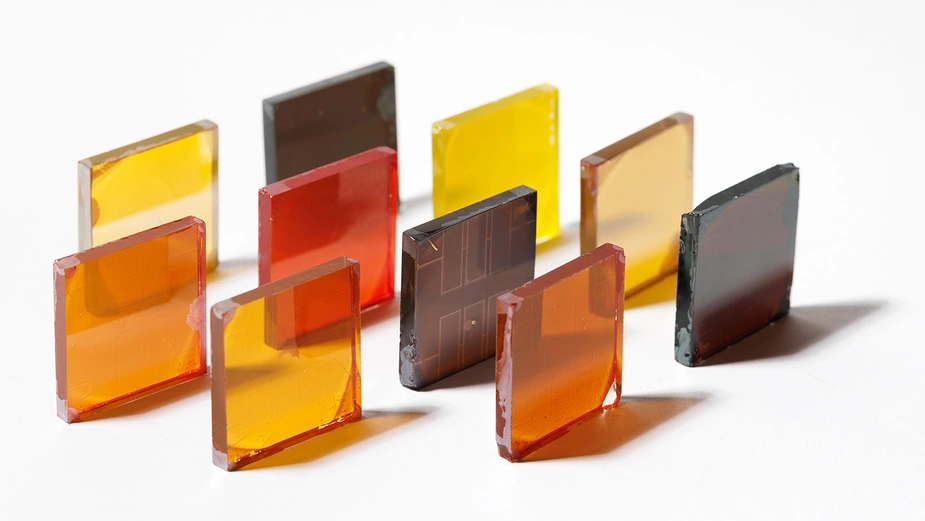International alliance for reproducibility of perovskite solar cells
TEAM PV to drive further development and comparability of low-cost solar modules
Ten teams at Helmholtz-Zentrum Berlin are building a long-term international alliance to converge practices and develop reproducibility and comparability in perovskite materials. The TEAM PV project is funded by the Federal Ministry of Education and Research (BMBF), Germany.
Solar energy is already the cheapest way to generate electricity in many parts of the world. But the world needs much higher efficiency solar modules to power demanding sectors such as electric vehicles, steel production, and AI. Likely the only option for increasing efficiency within the next decade is halide perovskites, a new class of materials that has been the subject of intensive research in the last decade. And while the silicon modules that dominate the market today are mainly produced in China, production facilities for halide perovskite cells could also be set up in Europe and the US, de-risking supply chains.
However, the road from the laboratory to mass production is long and there are still a number of hurdles to overcome. “The central goal is to increase the manufacturability, stability, and reliability of perovskite-based technologies. We urgently need common protocols to reliably compare diverse global developments in these novel materials and also to predict their service life,” says Dr Siddhartha Garud, who drives the management of the TEAM PV project at HZB. Within this project, HZB aims to converge best practices in fabrication and analyses together with the National Renewable Energy Lab NREL, the University of Colorado Boulder and Humboldt-Universität zu Berlin.
One of the main questions is how the stability determined in a laboratory will behave under real conditions in a field. Another focus will be on machine learning methods to navigate this extremely vast class of materials and devices. The participating teams will work closely together to further develop the fabrication and analysis of perovskite thin films and full devices.
The BMBF is providing a total of €4 million in funding for the TEAM PV project for tools, personnel and researcher exchanges. “We want to establish a long-term partnership in photovoltaics with sustained researcher exchanges and also make it a starting point for further collaborations between the Helmholtz Association and National Labs and top Universities in the U.S.,” Garud says.
Contact:
Helmholtz-Zentrum Berlin für Materialien und Energie
Photovoltaics research
Project coordination:
Dr.-Ing. Siddhartha Garud
siddhartha.garud(at)helmholtz-berlin.de
Dr. Sonja Green
+49 30 8062-43839
sonja.green(at)helmholtz-berlin.de
Prof. Dr. Rutger Schlatmann
+49 30 8062-15680
rutger.schlatmann(at)helmholtz-berlin.de
Press Officer:
Dr. Antonia Rötger
+49 30 8062-43733
antonia.roetger(at)helmholtz-berlin.de
Press release HZB, 22 October 2024
